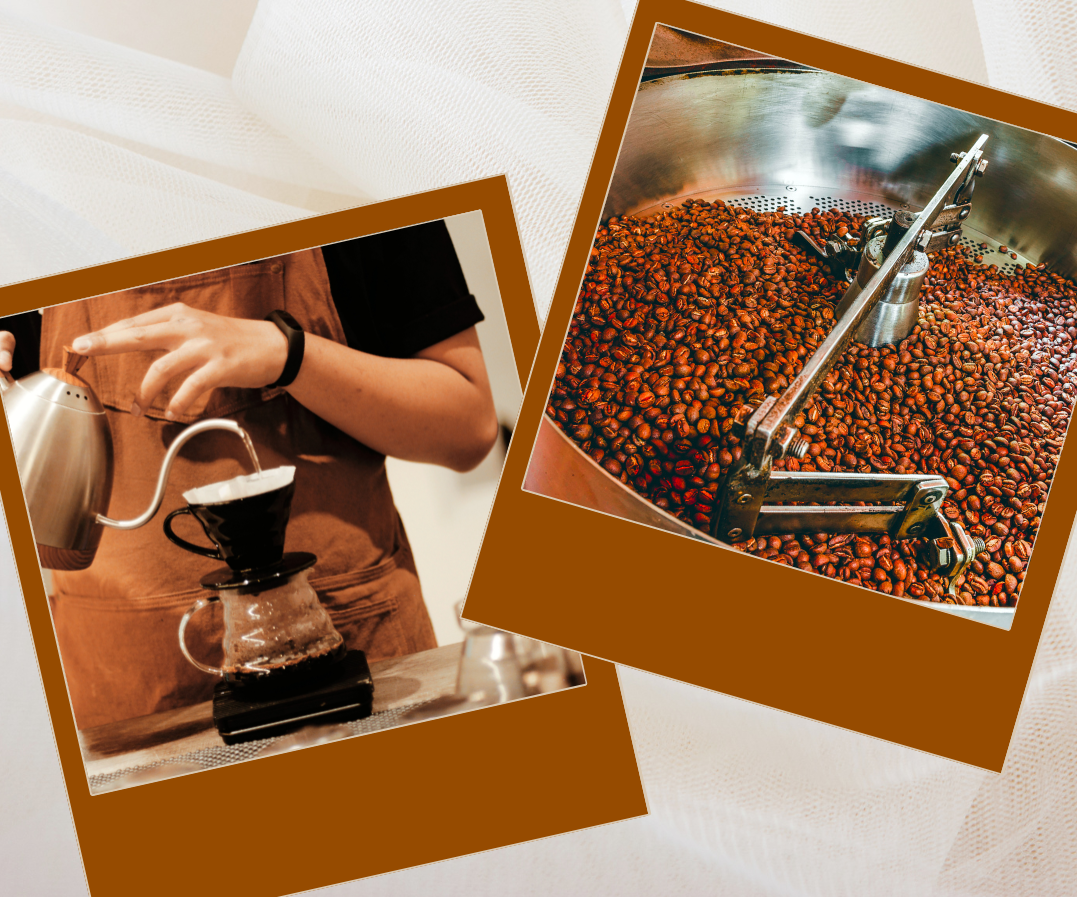
Roast vs. Brew: What's the Difference?
Share
When it comes to coffee, the terms "light," "medium," and "dark" often spark a lot of questions. Many people think these terms describe how strong or weak the coffee will taste, but that's not entirely true. In fact, the strength of your coffee is more about how it's brewed than the roast level. Let’s take a closer look at the difference between roast levels and brewing methods, so you can find the perfect cup every time.
Understanding Roast Levels
Roast levels refer to how long and at what temperature the coffee beans are roasted. This process significantly impacts the flavor, aroma, and even caffeine content of the coffee. Here’s a quick breakdown:
- Light Roast: These beans are roasted for a shorter time, preserving their original flavors. Light roasts often have fruity or floral notes and a bright acidity. They also retain more caffeine compared to darker roasts.
- Medium Roast: A balance between light and dark, medium roasts have a smoother flavor profile with hints of sweetness and a moderate body. They’re crowd-pleasers that offer a bit of everything.
- Dark Roast: Dark roasts are roasted for the longest time, creating a bold, rich flavor with low acidity. These beans have smoky, chocolatey notes but less caffeine due to the extended roasting process.
Each roast has its own unique characteristics, and the "best" one depends on your personal preferences.
Brewing Methods and Coffee Strength
Now let’s talk about brewing. The strength of your coffee isn’t determined by the roast level but by the coffee-to-water ratio and how it’s brewed.
- Brewing Ratio: Adding more coffee grounds to your water will make a stronger brew, while using fewer grounds creates a lighter one.
- Brewing Techniques: Different brewing methods, like pour-over, French Press, or AeroPress, extract flavors in unique ways. For example, a French Press creates a full-bodied, robust cup, while a pour-over highlights delicate flavors and aromas.
This means you can brew a light roast to taste strong and bold, or a dark roast to be mellow and smooth. It’s all about how you prepare it!
Finding Your Perfect Cup
Next time someone asks if you prefer light, medium, or dark coffee, think about the flavors you enjoy rather than the strength of the brew. If you like fruity and acidic notes, go for a light roast. If you want something balanced, try a medium roast. For bold, rich flavors, a dark roast might be your best bet.
Remember, coffee is a journey, and experimenting with different roasts and brewing methods can help you discover what you love most. Whether you’re a seasoned coffee enthusiast or just beginning your coffee adventure, understanding these distinctions can elevate your daily cup.
Keep it brewing,

